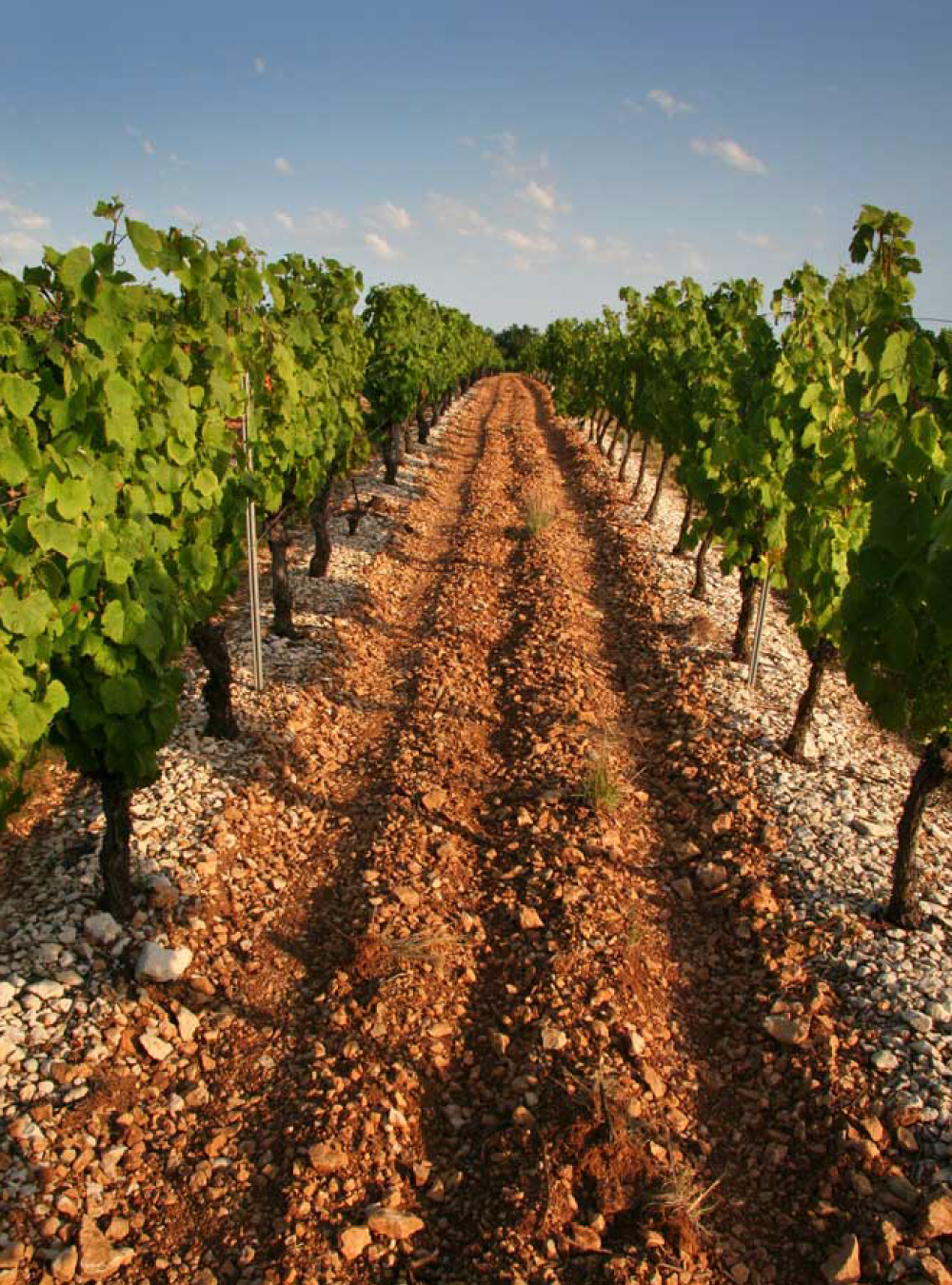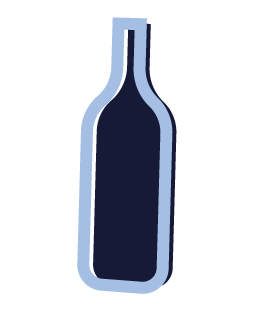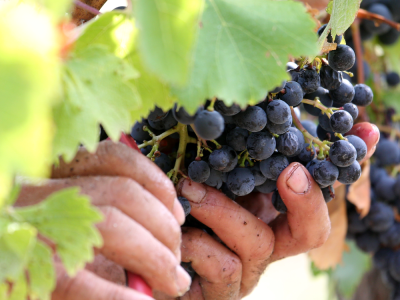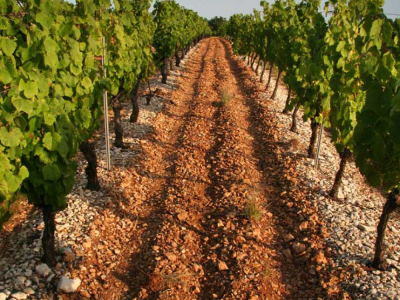GEOLOGICAL TERROIRS
THE CAHORS TERROIRS
The Cahors vineyard is planted on two main types of terroir: a limestone plateau, the Causses, through which the Lot valley runs from east to west.
The wealth of terroirs we have here is a very unusual occurrence in vineyards and undeniably contributes to the specificity of the Cahors appellation. With the same Malbec grape variety, we can obtain different wine profiles depending on the terroir of origin of the vines.
This means that Cahors wines will always surprise you !
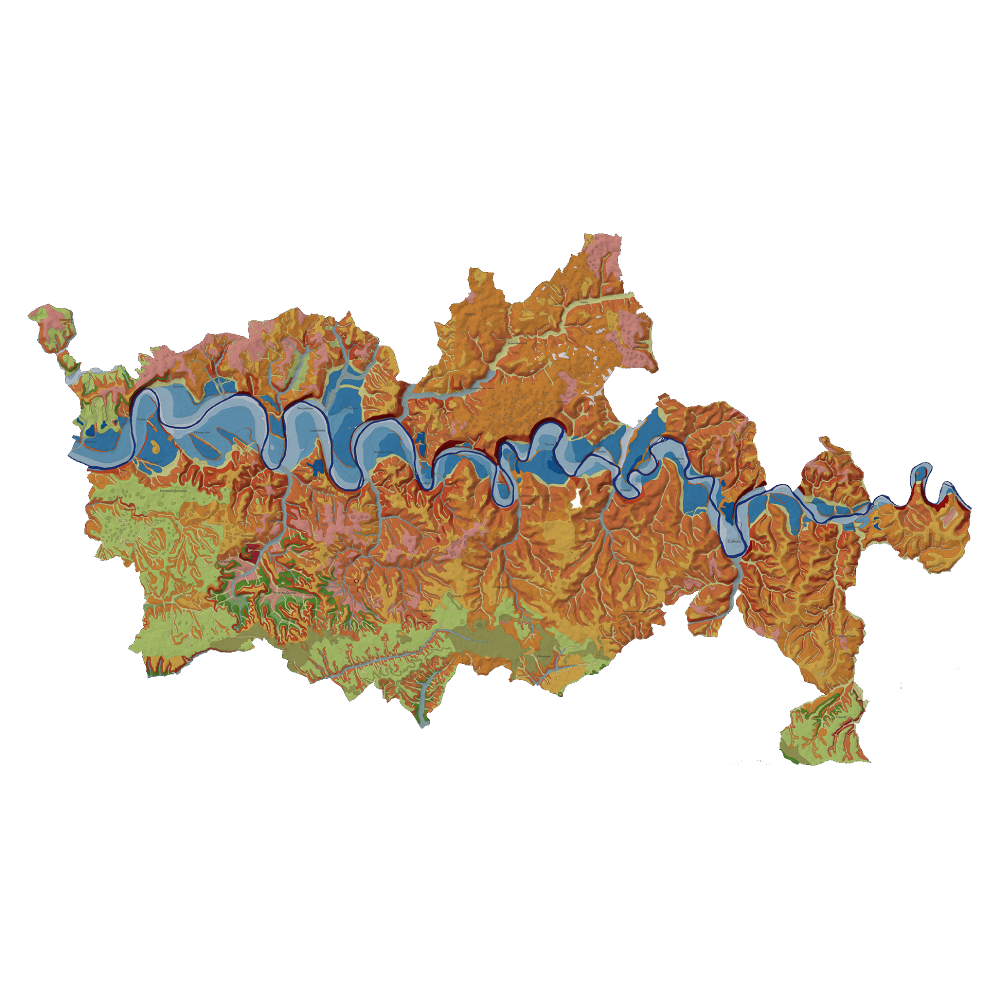
This means that Cahors wines will always surprise you !
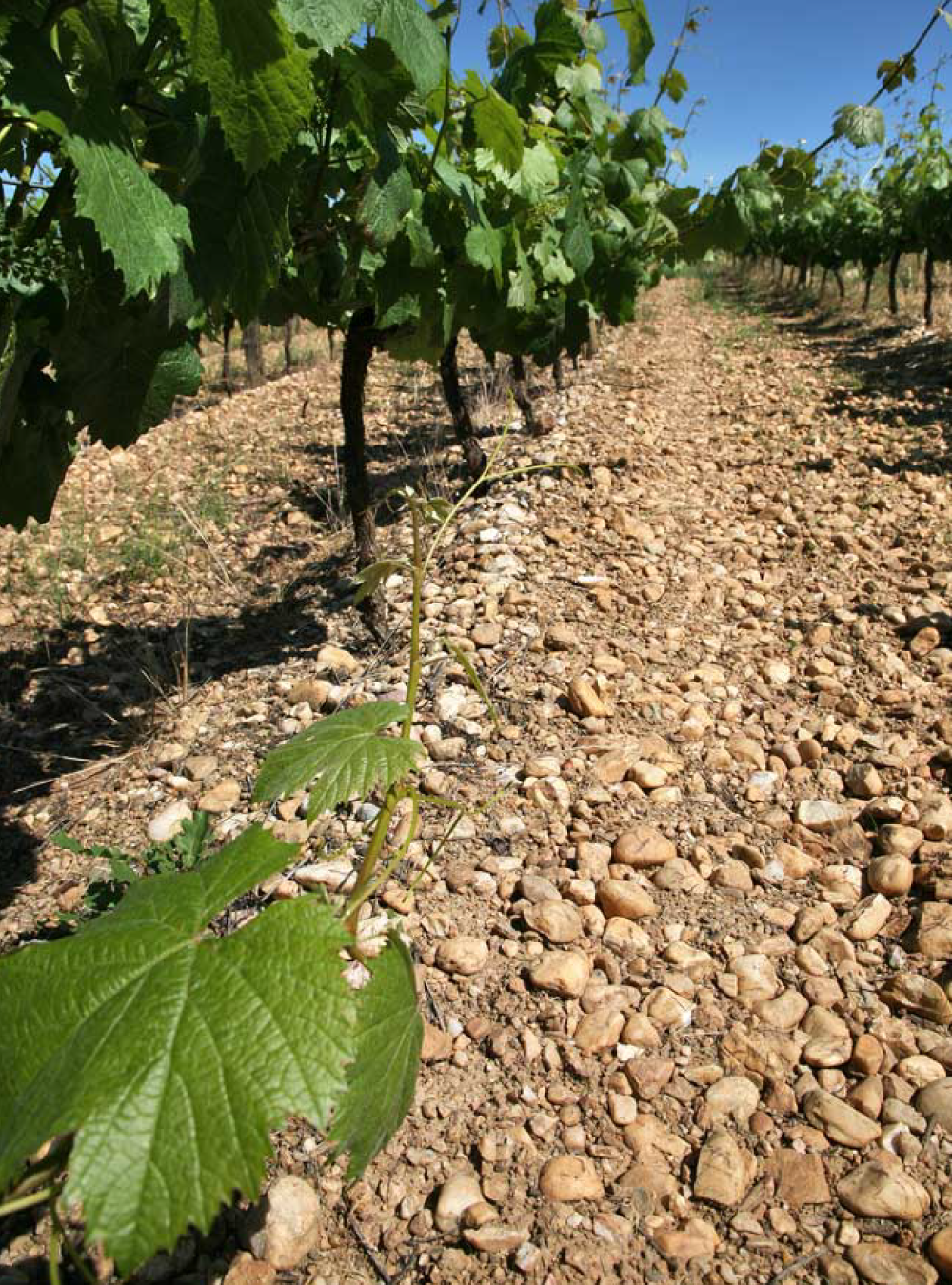
THE LOT VALLEY
ALLUVIAL TERROIRS
This is a wide alluvial valley, with terraces and numerous meanders that the Lot river constantly shaped during the Quaternary period. These terraces consist of limestone sub-soils enriched with more or less ancient alluvial deposits left by the river and its tributaries.
The soils are relatively deep, loamy and sandy on the banks of the Lot and clayey and stony at the foot of the limestone slopes.
From the Lot river to the slopes, there is a flood plain on which there are no vines, a first terrace: a Würm terrace with recent alluvial deposits from the Lot river (-20,000 years), a second terrace: a Riss terrace with old alluvial deposits from the Lot river (-200,000 years), and a third terrace: a Mindel terrace with very old alluvial deposits from the Lot river (-500,000 years).
In addition to these three terraces, there are very localised Quaternary resurgences with very old alluvium from the Lot river (dating back more than a million years); and grezes which are cones of limestone scree at the foot of the slopes.
This family of 5 terroirs is home to about 60% of the AOC Cahors vineyards.
THE CAUSSE
LIMESTONE TERROIRS
More than 250 metres above sea level, we have the secondary and tertiary limestone slopes and plateaus, made up of clay-covered stone, more or less mixed with marl.
The limestone slopes and plateaus of the Jurassic period (150 million years ago) and the marly-limestone lake plateau of the Oligocene-Miocene period (30 to 5 million years ago) can be distinguished. In the first case, the soils are clayey-limestone, not very thick and stony. The cracking of bedrock allows the vine to push its roots deeper into the soil. In the second case, the soils are clayey, more or less deep, greyish-white, derived from calcareous marl. In addition to these plateaus, there is also, very locally, a red plateau known as the Siderolithic plateau, composed of ferruginous alteration from the Eocene period (45 million years ago).
This family of 4 terroirs is home to about 40% of the vineyard.
